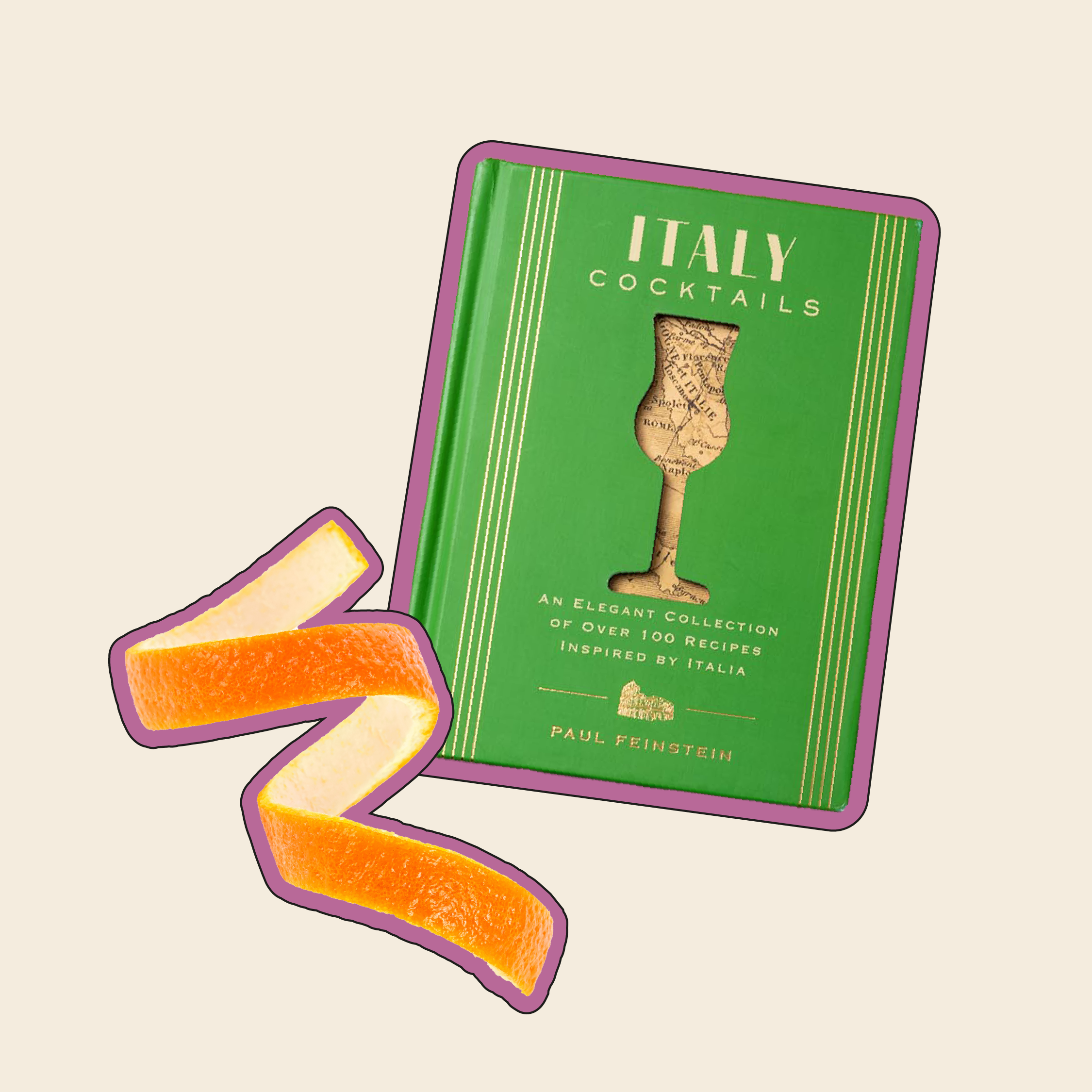
SIR MIX-A-LOT
Award-winning travel and food writer Paul Feinstein talks Negronis.
Writer and self-described Italophile Paul Feinstein is inspired by many things from his travels around the globe, but nothing captured his attention (and sparked an entire book) like Italian cocktails. His book "Italy Cocktails: An Elegant Collection of Over 100 Recipes Inspired by Italia" showcases recipes for cocktails from some of the country's most acclaimed bars.
To celebrate the new book, Paul stopped by Sassetta for a special book signing and interactive class devoted to Negronis. Guests at the intimate event learned how to make five different variations of the cocktail. And why is the Negroni such a classic? We chatted with Paul to find out.
Why did you decide to dive in to Italian cocktails? What excited you most?
Besides being an unapologetic Italophile, I'm fascinated by how critical Italian ingredients are to the entire cocktail world. Classic cocktails that aren't necessarily considered Italian—Martini, Manhattan, Hanky Panky, Paper Plane...—couldn't be made without ingredients like vermouth (invented in Italy) or an Italian amaro. Even gin to some extent could be considered Italian, as Italians were making juniper liqueurs for hundreds of years without realizing they were making gin.
Why is the Negroni such an iconic cocktail to Italians?
Besides being over 100 years old, the Negroni is special because of its versatility. First, it's incredibly easy to make as it's considered an 'equal-parts' cocktail with just 1 ounce gin, 1 ounce vermouth, and 1 ounce Campari over ice. Second, it's so easy to modify and still achieve amazing results. Replace the gin with prosecco and you get a Negroni Sbagliato. Replace the gin with bourbon and you get a Boulevardier. Replace the sweet vermouth with dry vermouth and you get a Cardinale. And so on...
Set the scene: where were you when you sipped a most memorable Negroni?
I was at the very end of researching and writing my book on Italian cocktails when I went to dinner at an upscale Mexican restaurant in downtown Los Angeles. I ordered a drink called "Imaginary Friend" and it simply blew me away. It was silky, smooth, smoky, a little bitter, and just delicious. I asked for the ingredients and saw it had Carpano Bianco, which is a dry Italian vermouth. Basically it was the best Mezcal Negroni I had tasted on my book-writing journey and I immediately asked if I could include it in the book. They said yes and it's the very last recipe you'll find in the book.
Do Italians approach cocktails in a different way than Americans? Are there different trends?
Fundamentally yes. Italians typically drink low-ABV cocktails before a meal (lunch or dinner) in what's called Aperitivo. The purpose of this period of drinking is to prep your stomach for the meal. It usually comes with salty snacks which aide in getting your gastric juices flowing. Lunch or dinner is served with wine. And then there's the Digestivo period after dinner when Italians will drink something bitter (often neat or on the rocks) to help settle their stomachs. Not all Italians do this, but it's the most typical way—all based around food.
Current favorite drink?
Lately, I've been experimenting with different types of Spritzes. I've been using a liqueur called Italicus which is a bergamot liqueur that goes really nicely with Aperol and some soda water.
Where’s the next destination on your travel wish list?
Even though I've been to 65 countries, my wish list is still long! There's still much of Italy I want to explore, but I'm dying to go to Turkey, South Korea, and Kenya.
– – –
The Details: Sassetta, 1530 Main Street. Class is in session Saturday, July 20, 2pm. $125 per person. Advanced reservation required. Complimentary valet with validation at The Joule. For more, follow @sassetta_dallas and @mrpaulfeinstein.